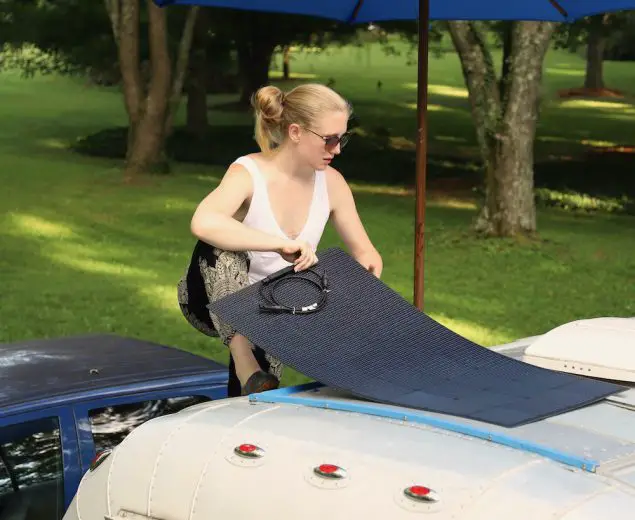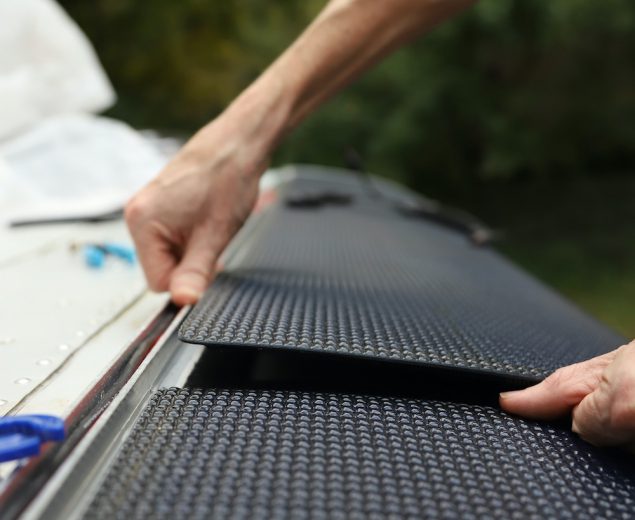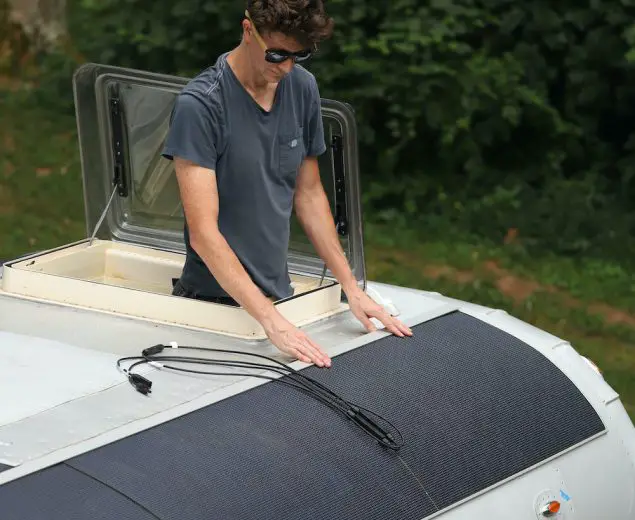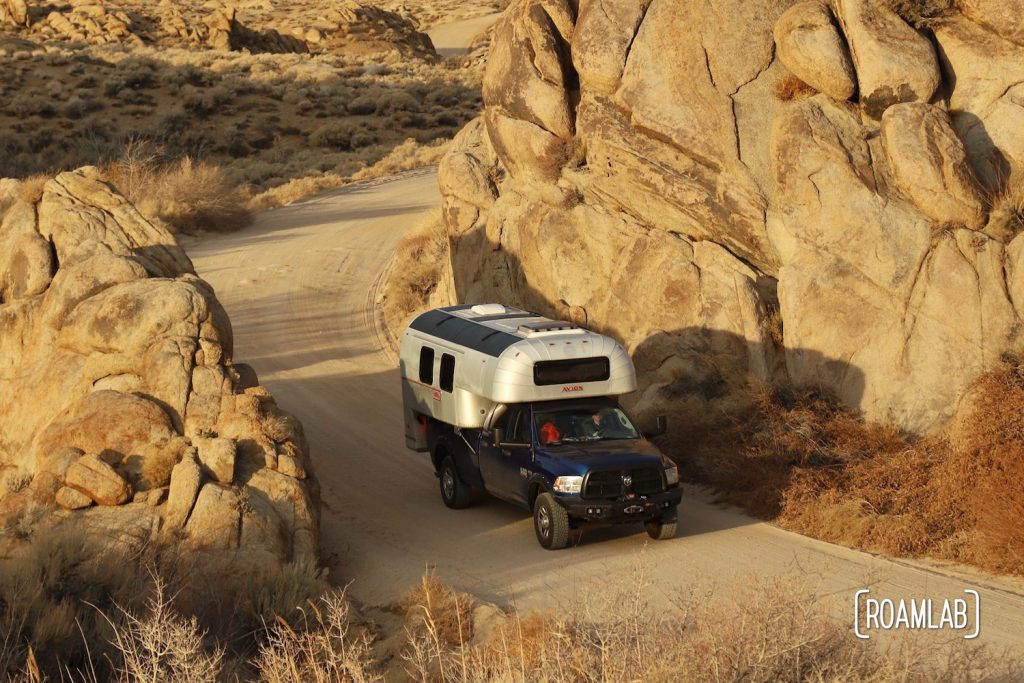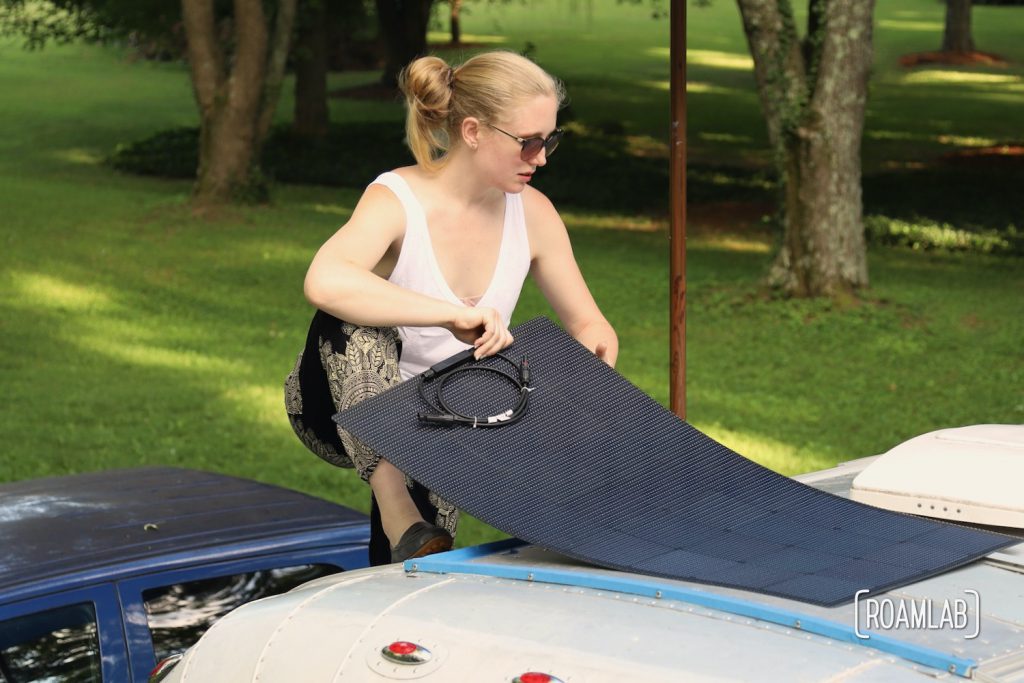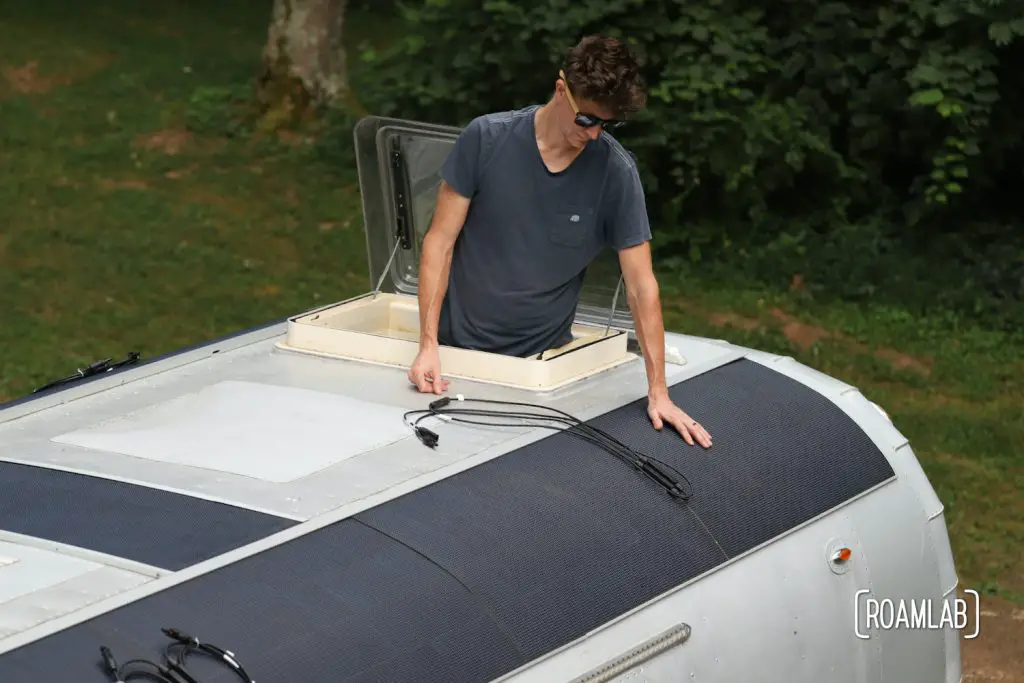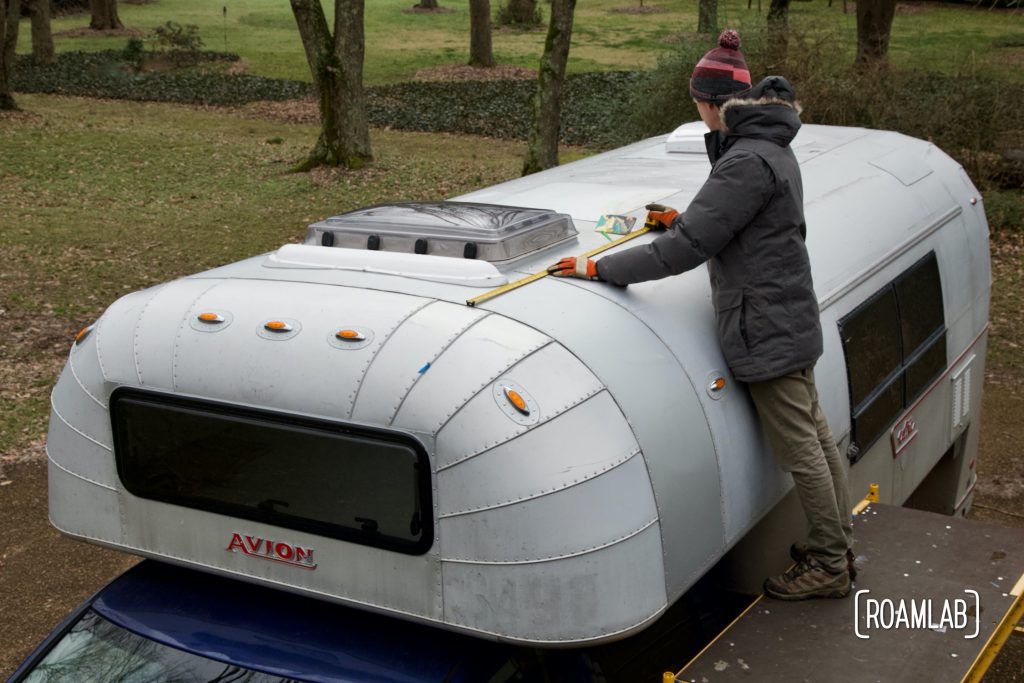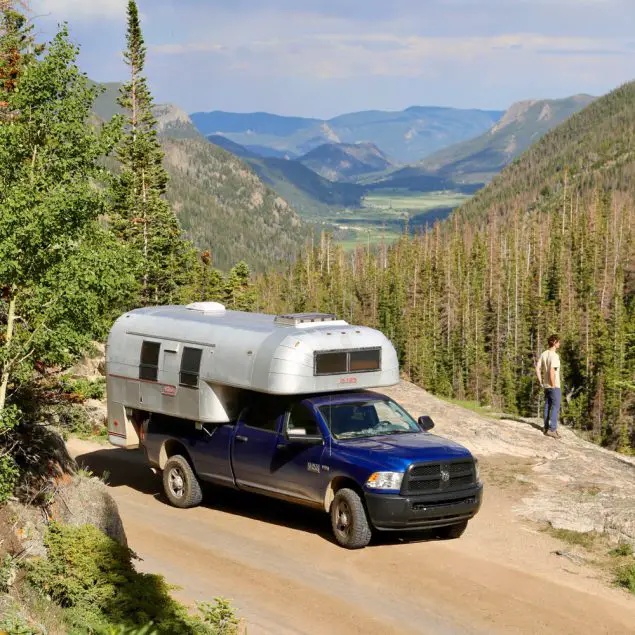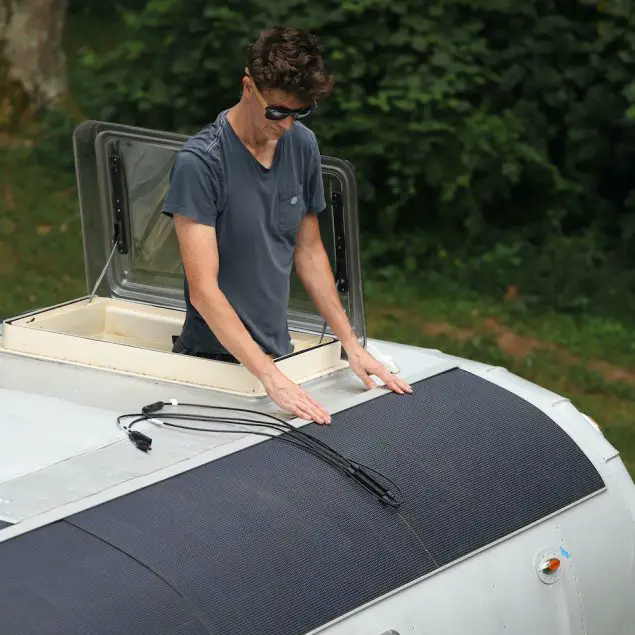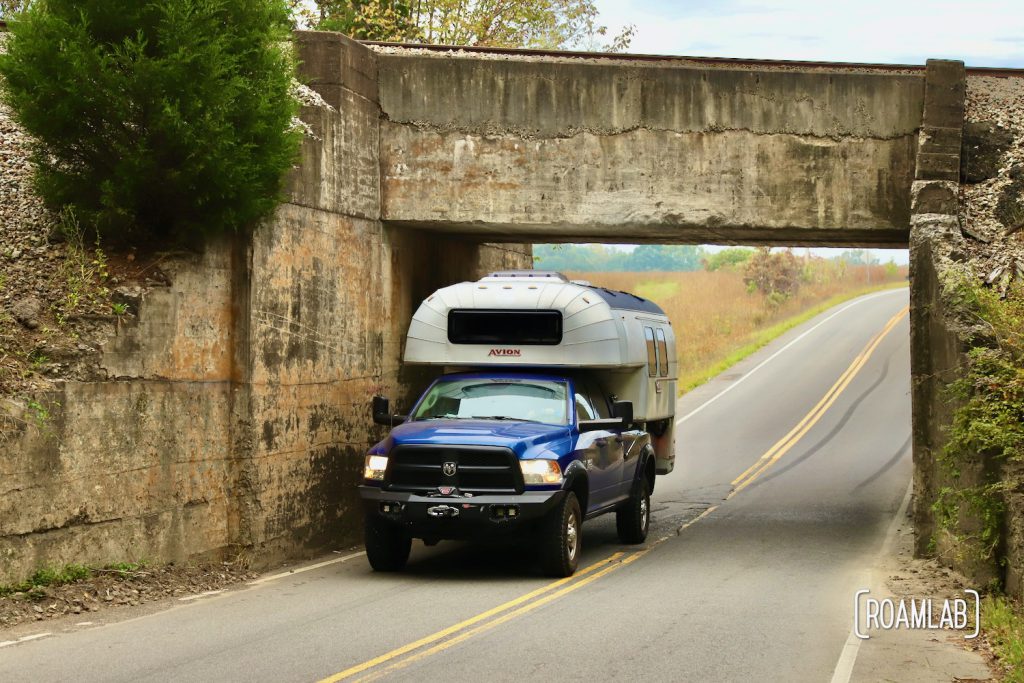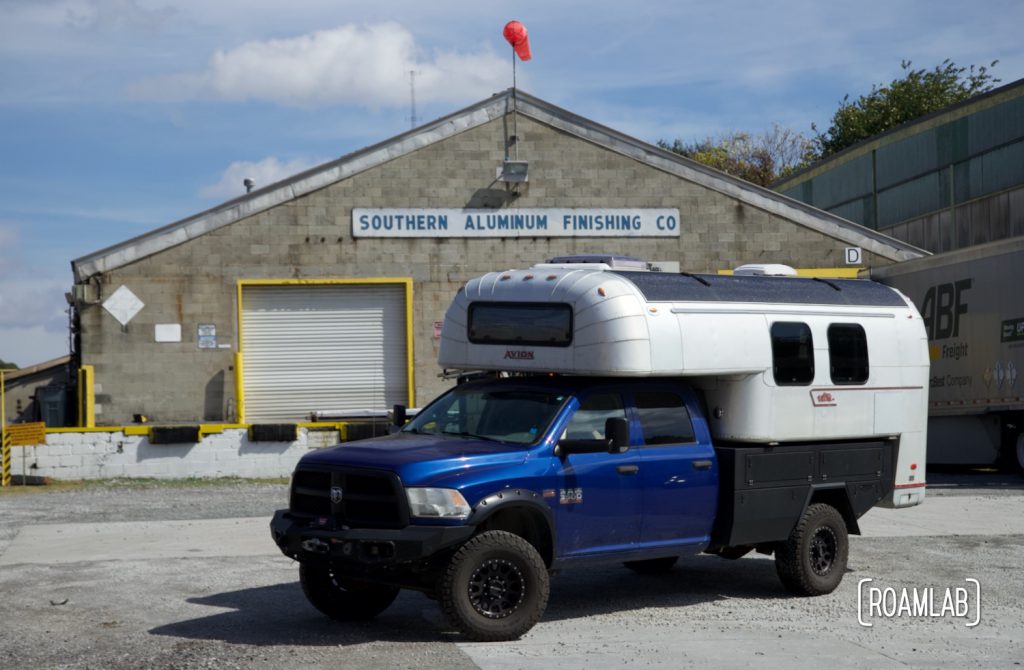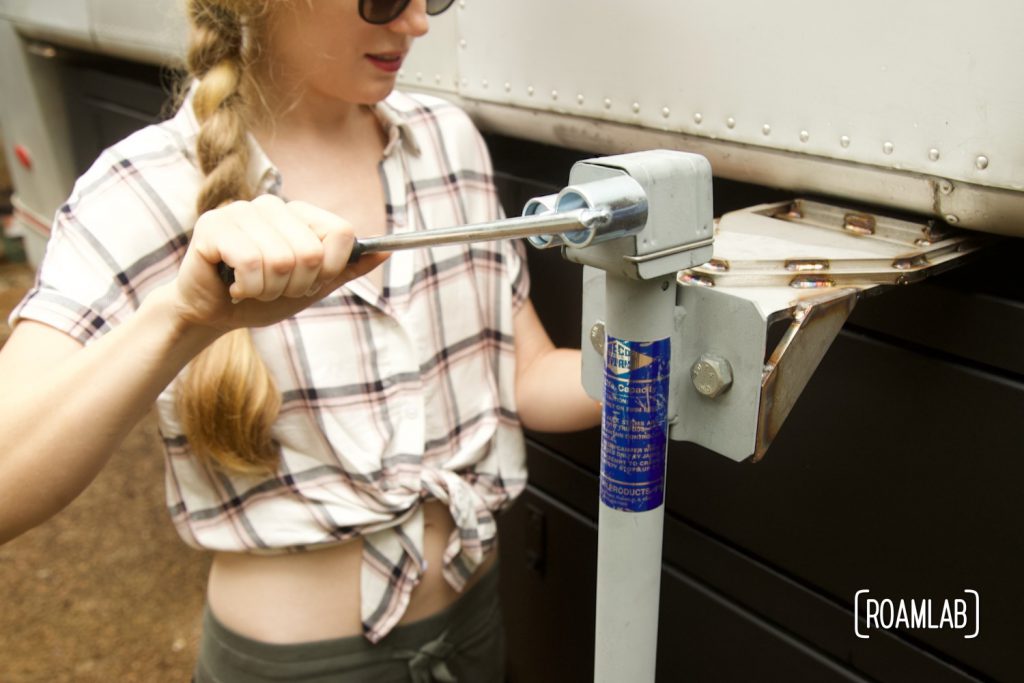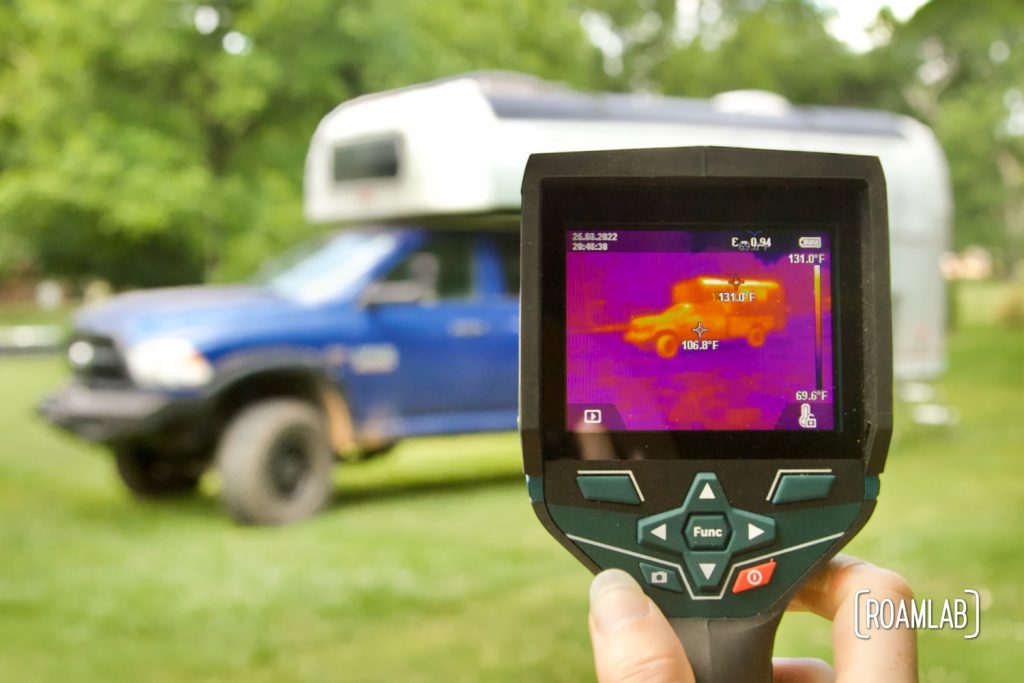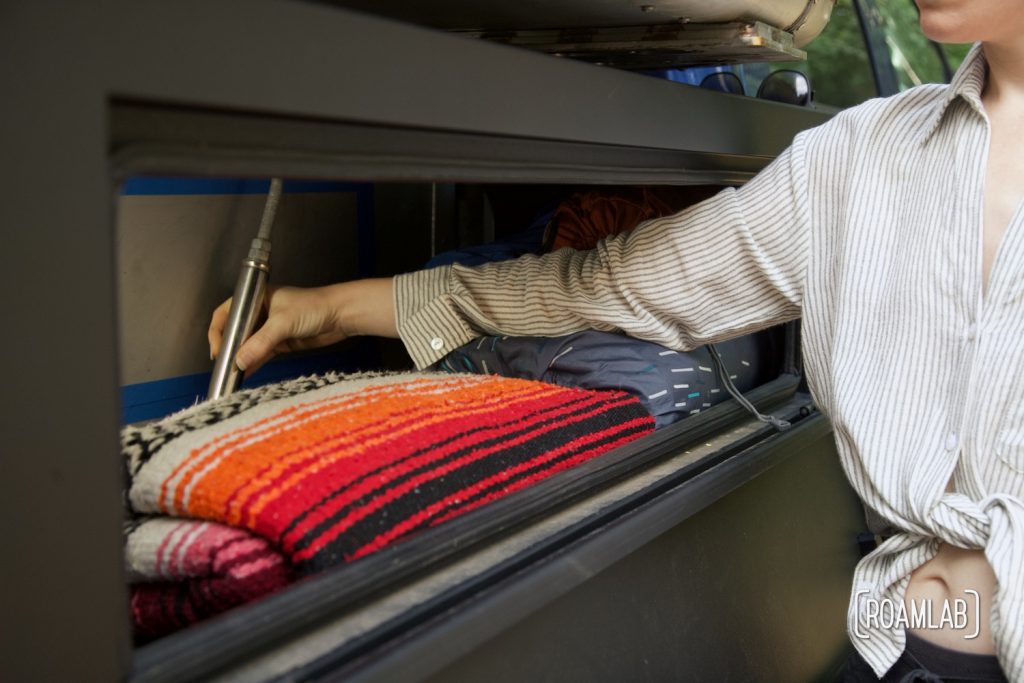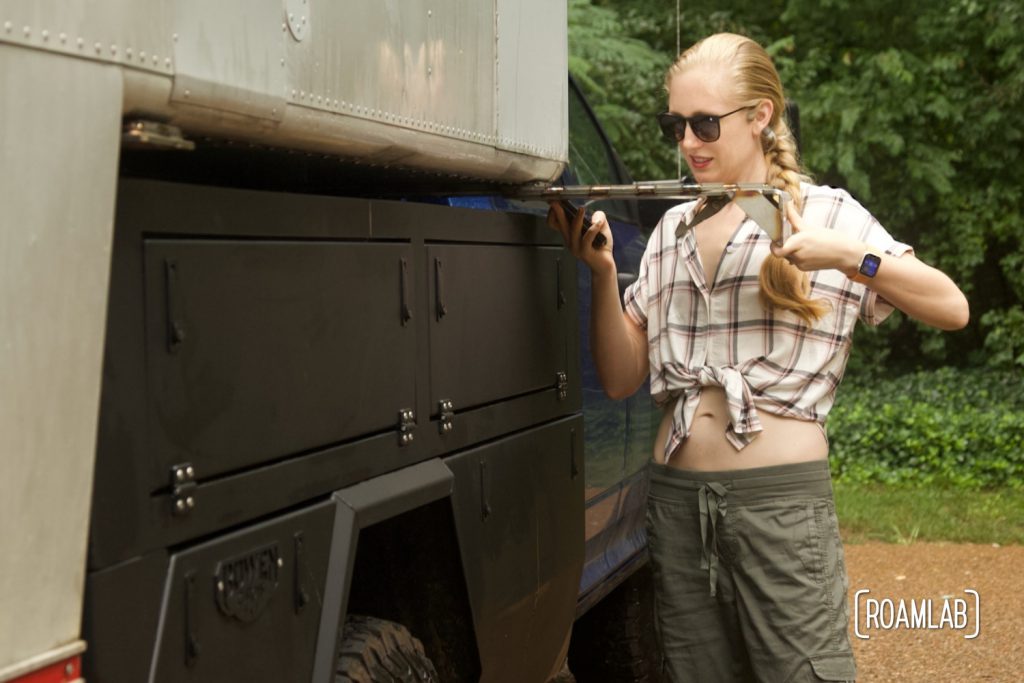Solar Power
How to choose, install, and use solar panels
We are ditching the hookups of developed campgrounds for the sun-powered independence of off-grid 4×4 overland adventures in the wilderness by installing solar panels on the roof of our 1970 Avion C11 truck camper. Check out our unique solar power system, mounted with Velcro.
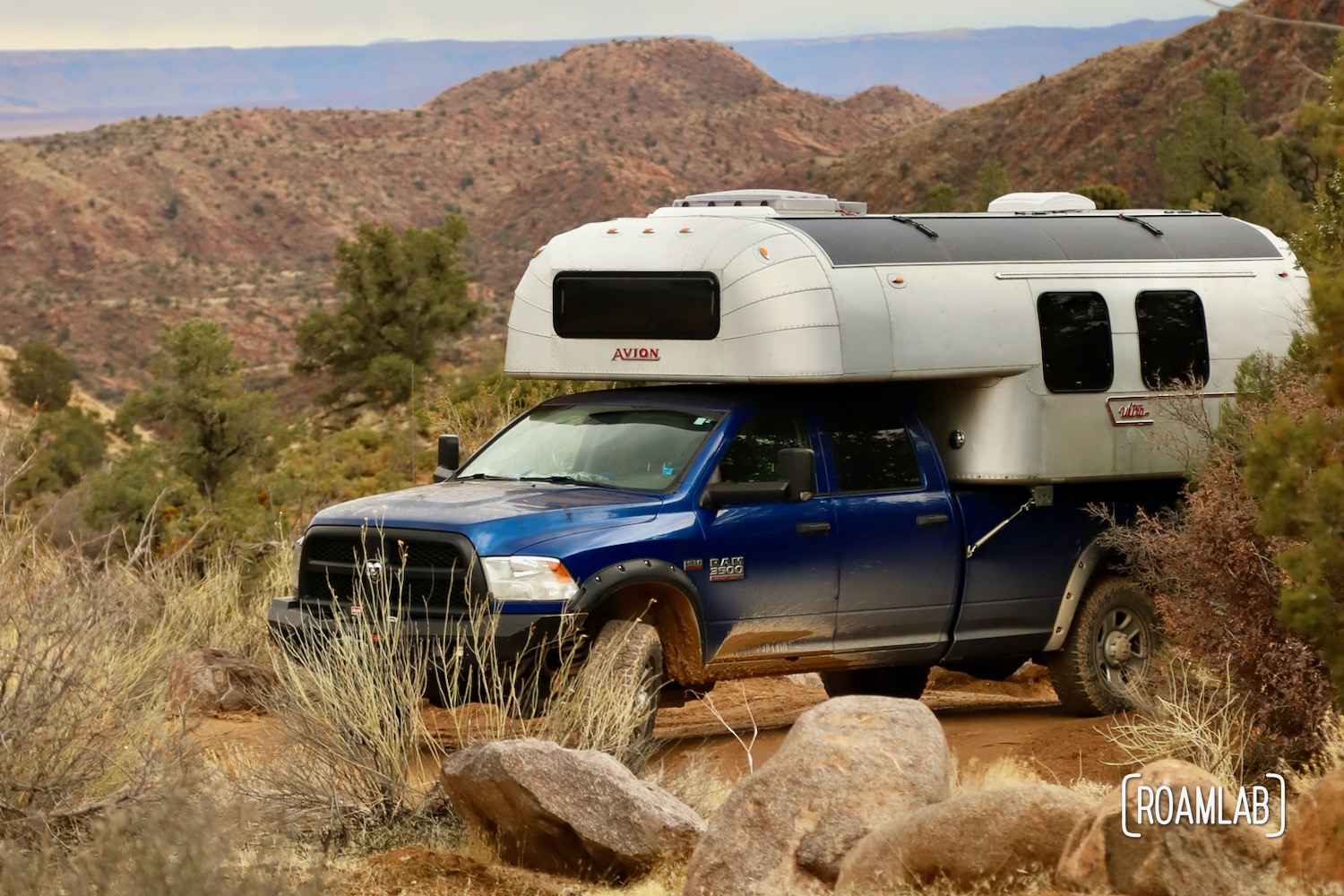
It’s all about context
Powering a 1970 Avion C11 truck camper
There is no single, optimal solar arrangement. Some people just need a little supplemental power to charge their devices. But we are building an all-electric off-grid truck camper and every watt counts. So we want to fit as many solar panels as possible on our curved roof. And that has led us down some unconventional paths.
Arranging Solar Panels
Our roof layout
Our truck camper poses a relatively unique challenge when laying out solar panels. In an effort to fit as many solar panels on our camper as is practical, the question isn’t simply “how many solar panels can we fit on the roof?” but “where does the roof end?”
There is no 90° angle that we can point to and say, “here is where the roof becomes a wall.” Instead, it’s a matter of delicate degrees. But with each degree added—as we slide panels further along the curve of the camper—we also face diminishing returns as less solar power is collected by panels that are not directly facing the sun. And there is a hard cut-off: where the curve of the camper is sharper than the degree that the panel is rated to bend.
And so, we settle on an arrangement of ten solar panels. Four flexible panels on each side that curve with the camper roof and two semi-flexible panels on the “flat” top. All combined, the panels are rated for 1100 watts but the angle of the panels gives us very different results compared with the expectations of a flat panel.
Solar Power Specifications
| Solar System | |
|---|---|
| Total Panels | 10 |
| Total Watts | 1100 Watts |
| Solar Watts Per Day | 4000 Watts* |
| Solar Charge Controller Amps | 48.8 Amps |
*Victron estimate
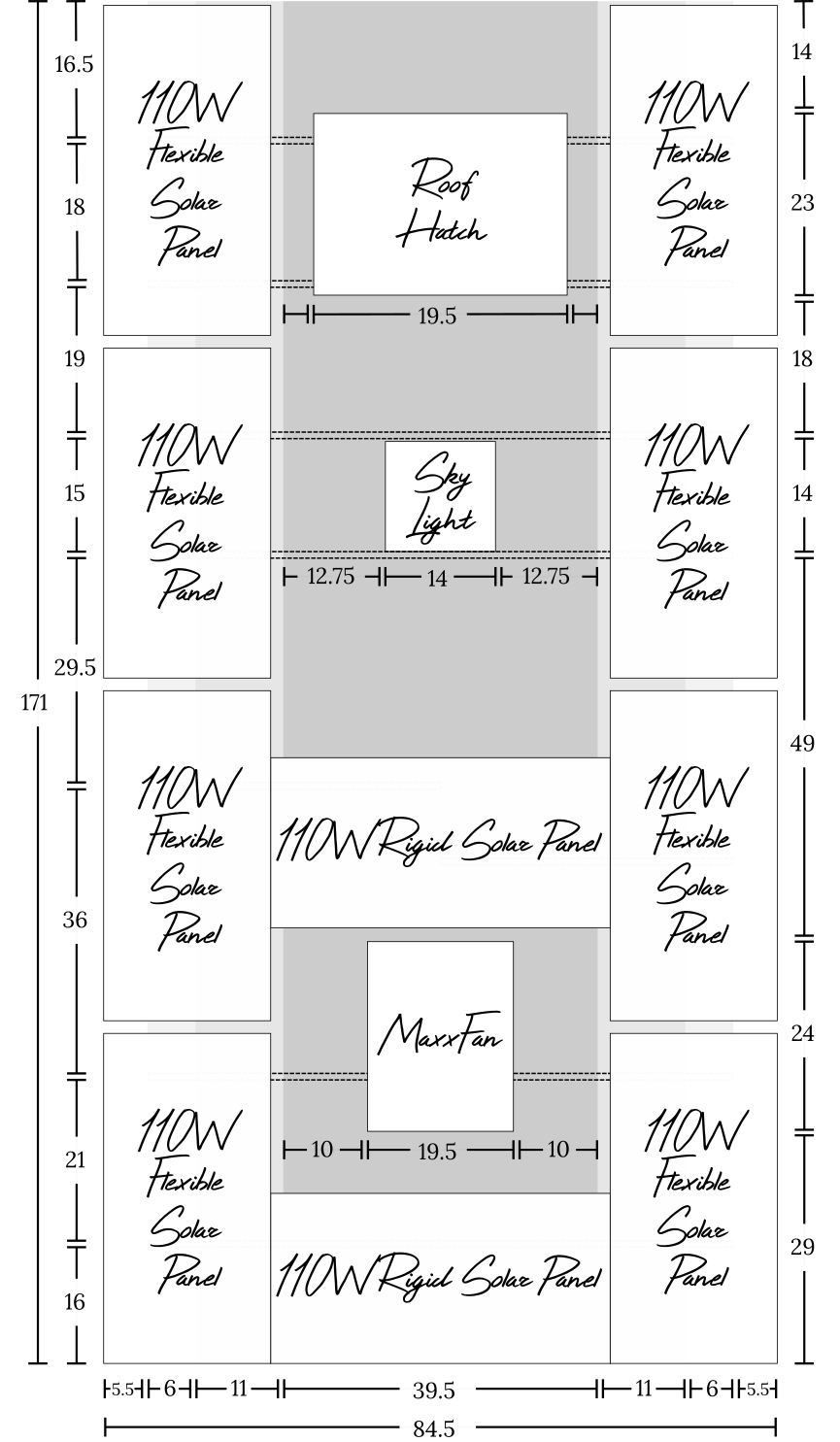
Testing fit

Solar Panel Specifications
Flexible and Semi-Flexible Solar Panels
EFTE Semi-Flexible Solar Panel
Eight 110W panels
These semi flexible solar panels are a mix of standard and custom specifications. We worked with the manufacturer to make them as small as feasible by cutting back on the border of the panels to make room for as many solar cells as we could possibly fit along the length of the camper. This way, we could accommodate four panels end-to-end to create the effect of one long panel along the length of the camper roof. Between this long strip of panels and the pebbled EFTE laminate coating that makes the panels more durable, many people struggle initially to recognize the black sections on our roof as the solar panel that they are.
| Electrical Parameters | |
|---|---|
| Cell Type | SunPower Cell |
| Cell Efficiency | 23.7% |
| Peak Power [Pmax] | 110Wp |
| Power Tolerance Range [%] | -3% to +3% |
| Max Power Voltage Vmp [V] | 18.56 |
| Max Power Current Imp [A] | 5.93 |
| Open Circuit Voltage Voc [V] | 21.9 |
| Short Circuit Current Isc [A] | 6.4 |
| Maximum System Voltage [VDC] | 1000 |
| Dimensions [in] | 21¼x41¾x⅑ (540x1060x3mm) |
| Operation Temperature [°F] | -40 to 203°F (-40/+85°C) |
| NOCT [°F] | 113±3½°F (45±2°C) |
Part of a Larger System
Solar Power is only as useful as the system it is part of. Without a solar charge controller, batteries, and a veritable rats nest of wires, this power would have no use. Fortunately, in conjunction with the solar panels, we have rewired the truck camper and even built a pair of LiFePO4 batteries to power our all electric home on wheels.
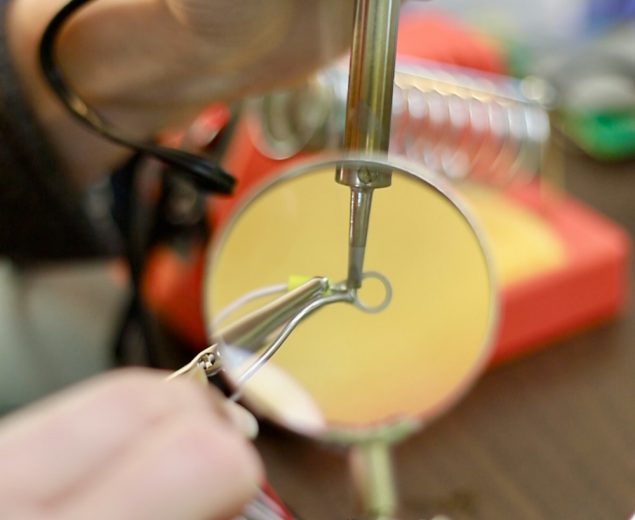
Powering the camper
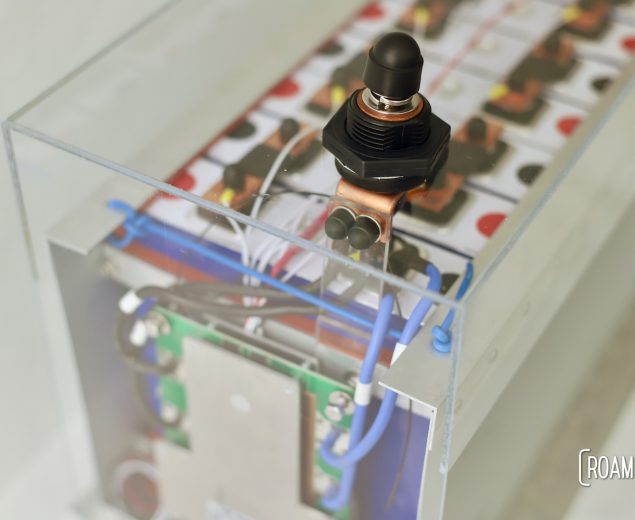
Assembling LiFePO4 cells
More DIY Projects
1970 Avion C11 Truck Camper
It’s hard to talk about the solar system without addressing the camper. This modification is just one of many we undertook. Meanwhile, the Avion’s classic aluminum design stands out on its own, but we have done a lot of work to bring it out of the mid-century and into the modern-day with structural and technological upgrades.
The Latest From Roam Lab
There are plenty of other DIY projects we have tackled to build out this camper. Check them out for more details.


